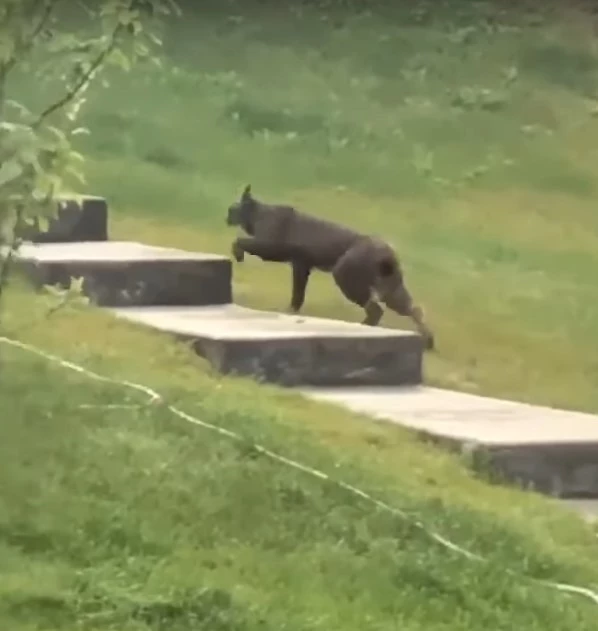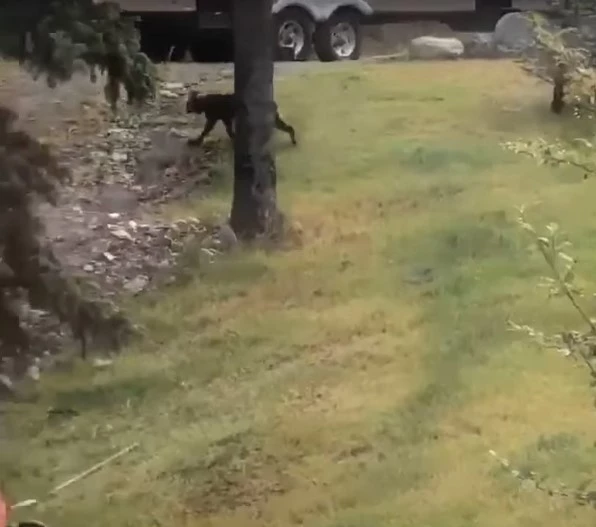Though most Canada Lynx have a light brownish-grey fur coat, there have been reports of lynx with black fur coats. Until 2022, no one had managed to capture this unique black-coated variant on camera. Black lynx are extremely rare, however, an individual was lucky enough to meet one and successfully get some pictures of this animal. These photos were then shared on the internet and rapidly attracted viewers worldwide.
 Source: De Gruyter
Source: De GruyterThe Canada Lynx, scientifically known as Lynx canadensis, is a lynx species native to North America, including parts of Canada and the United States.
This fantastic creature was caught by the watchful eye of a researcher working at the University of Alberta in Canada. Thomas Jung, employed by the Government of Yukon, recorded a video of the peculiar lynx using his cell phone.
 Source: De Gruyter
Source: De GruyterThe discovery was documented in an article, “Paint it black: first record of melanism in Canada lynx (Lynx canadensis),” in the journal Mammalia.
This video was captured in a rural neighborhood close to Whitehorse, Yukon. The lynx could be seen in the video at about a 50-meter distance, acting normally. There were a few people and a dog nearby, and the lynx eventually left when the dog started barking nonstop.
 Source: De Gruyter
Source: De GruyterEven though specialists were able to identify that it was a lynx, the grainy video did not capture many of the more distinctive behaviors of the animals.
Jung noted, ”It had a black coat containing whitish gray guard hairs throughout, as well as whitish gray hairs in the facial ruff and the rostrum and dorsal regions.”
 Source: De Gruyter
Source: De GruyterJung proposed that variations like this often represent adaptations that can either confer evolutionary advantages (adaptive) or disadvantages (maladaptive). As of now, scientists have not definitively determined whether melanism in species represents an advantage or disadvantage. Nonetheless, Jung leans towards the belief that this trait in the lynx results in inadequate camouflage, making it maladaptive. When hunting during the winter, the lynx would likely stand out against the snowy backdrop due to its darker fur.
“There are only a small number of records of coat color polymorphisms in the genus Lynx,” writes Jung in his published paper. “The adaptive significance of melanism in lynx is unknown, but the loss of camouflage when hunting during winter is likely maladaptive.”





